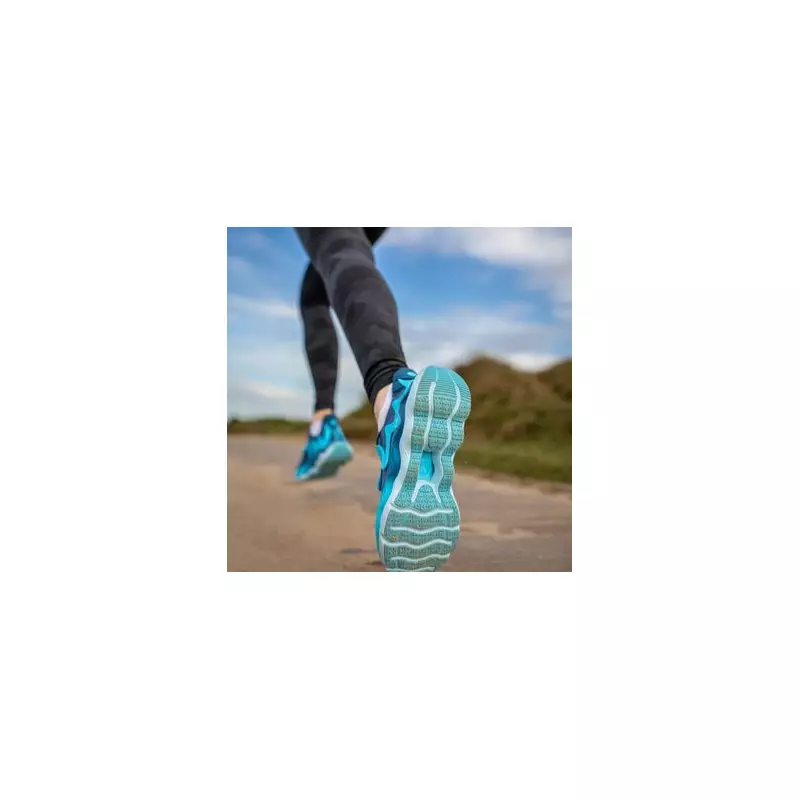
A groundbreaking new study has confirmed what many female athletes have long suspected: the vast majority of women's running shoes are fundamentally flawed. Published in the BMJ Journals' Open Sport & Exercise Medicine, the research reveals that most athletic footwear for women is simply smaller versions of men's trainers, a practice known as 'shrink it and pink it'. This approach fails to account for the distinct anatomical differences in female feet, leaving women at greater risk of discomfort and injury.
The Flawed 'Shrink It and Pink It' Model
The Canadian research team, led by Simon Fraser University, delivered a stark assessment of the footwear industry. They noted that despite billions of dollars invested in running shoe technology over fifty years, the development process has predominantly focused on male test subjects and male foot anatomy. The industry standard involves creating a 'last' – a three-dimensional foot-shaped mould based on male foot structure – which is then simply scaled down for women's sizes.
The researchers concluded that 'women runners have distinct and evolving footwear needs that are currently unmet by the running footwear industry.' Beyond making shoes smaller and changing colours to traditionally feminine hues, manufacturers often make only minimal modifications, ignoring crucial biomechanical differences.
A British Solution to a Global Problem
While this research is making headlines, husband-and-wife team Nicolle and Martin Dean from St Albans, Hertfordshire, identified this problem five years ago. They have since dedicated themselves to developing QLVR Running Slippers, a trainer engineered from the ground up specifically for women's feet and anatomy.
'For too long, the athletic footwear industry has been treating women's feet as shrunk down versions of men's even though the biomechanics and shape are very different,' says Nicolle Dean, 52. 'Poorly fitting trainers can lead to injuries.' She explains that women have a wider hip-to-knee angle, higher arches, wider toe boxes, and narrower heels, all of which require specific stability and alignment in footwear design.
Martin Dean, a fourth-generation shoemaker, highlighted the commercial drivers behind the industry standard. 'The standard approach was 'shrink it and pink it'. It's cheaper to share moulds, lasts and cutting dies across genders. We decided women deserved better than wearing small men's shoes.'
Engineering a Better Shoe for Women
The Deans spent five years and raised £100,000 through a Kickstarter campaign to develop their £165 Running Slipper. Their design uses female-specific lasts and replaces traditional laces with a patented 'Wing Fit' system, inspired by the movement of birds' wings. This innovation allows the trainer to be slipped on easily while providing support across the entire foot.
'When you step into our QLVR Running Slipper, your foot is instantly locked in as the heel area wraps around the foot for support and stability,' Nicolle explains. Their design has already won high-profile admirers, including Olympian Dame Kelly Holmes, who credits them with aiding her injury recovery, and television presenter Davina McCall.
The movement towards female-specific athletic footwear is gaining momentum in elite sport. Adidas recently released the F50 Sparkfusion, their first football boot designed for the female anatomy, and the RS15 Avaglide, a rugby boot developed with women in mind. 'We are challenging the industry and revolutionising athletic footwear through women-first design,' Nicolle Dean states.
Five Signs Your Trainers Don't Fit Properly
Nicolle Dean shares key indicators that your footwear isn't right for you:
SLIDING IN THE SHOE: If your foot slides back and forth, it's not holding correctly at the heel. Your foot should be held snugly at the back and midfoot.
BLISTERS: Blisters from 'heel slip' show the heel area is loose. This is common for women as their heels are narrower than men's.
BASHED-UP TOES: Bruised toenails, or 'runner's toe', indicate your toes are hitting the front of the shoe.
NUMBNESS OR TINGLING: This occurs when toes are pinched, often because the men's trainer shape is too narrow in the toebox.
ARCH PAIN: Discomfort in the arch suggests a lack of support, where a too-flat shoe causes rolling and instability.





